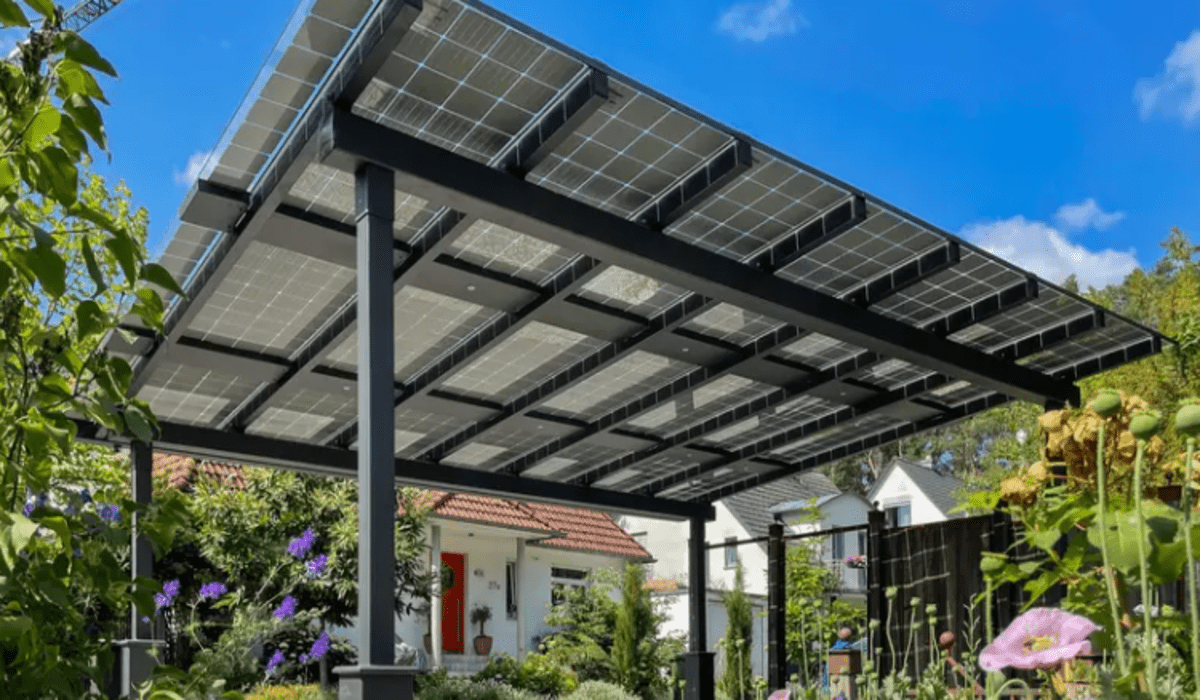Table of Contents
There are ways to operate Photovoltaics without the tax office, thus reducing the bureaucratic effort to a minimum. This is possible if small business regulation is used. Under certain circumstances, however, optimizing the taxes on the photovoltaic system also makes sense. For example, writing off a PV system or purchasing leisure battery storage to save tax is possible.
Registration and approval of Photovoltaics
For the latter notification, there is the market master data register, where you can register your PV system online. Only the so-called stand-alone systems, operated completely independently of the power grid and do not feed any electricity into the public grid, are exempt from the obligation to register.
Homeowners are generally free to use Photovoltaics, provided local building codes do not restrict this freedom. Owners of condominiums usually need the consent of the owners’ meeting if they want to set up a photovoltaic system. On the other hand, renters must always obtain the landlord’s permission. This even applies to small balcony systems.
Climate protection: the importance of Photovoltaics for the energy transition
A off grid solar system pays for itself energetically after about two years, which means that the energy required for its production is saved through its use.
Photovoltaics has another important function in climate protection.
Photovoltaics as a nature-friendly energy source
A photovoltaic system installed on the roof does not require additional space and has no negative effects on birds or insects, for example. It also works silently.
With agri-photovoltaics, combining both forms of use is experiencing an upswing. Floating PV systems on quarry ponds or industrially used waters also have positive effects. The partial shielding leads to less water heating and thus minimizes the excessive growth of plants that draw oxygen from the water body.
Photovoltaics – energy with the potential
The reorganization of the energy supply as part of the energy transition envisages wind power and Photovoltaics as the main electricity suppliers. So far, the share of Photovoltaics in renewable energies, with about 9% of the electricity demand and about 2% of the total energy demand in Germany, is still rather small. However, a further, accelerated expansion of Photovoltaics is necessary for a completely renewable energy supply.
The renewable energy sources, wind, and sun, supported by additional storage facilities, can potentially ensure a large part of the supply. Both techniques complement each other perfectly. Photovoltaics, in particular, enables interested parties to contribute to the energy transition using manageable financial resources.
FAQ: Frequently asked questions about Photovoltaics
When is Photovoltaics worthwhile?
In principle, Photovoltaics can be worthwhile at all locations in Germany. The location must enable the photovoltaic system to be sensibly aligned. (ideally to the south, but never to the north) and be free of shadows.
How big does a photovoltaic system have to be for a single-family home?
In principle, a PV system should be able to cover the annual electricity consumption of the respective household, at least in mathematical terms. A four-person household consumes an average of 4,500 kWh of electricity per year. A photovoltaic system produces around 1,000 kWh of electricity per kilowatt peak nominal annual output. Therefore, the system for this example should have an output of at least 4-6 kWp.
Can we intend photovoltaic for electricity or hot water?
Photovoltaics generate electricity from solar energy. This is primarily used to supply electrical devices in the household with electricity.
What is the difference between photovoltaic and solar thermal?
Solar energy is converted into electricity using a photovoltaic system. On the other hand, a solar thermal system uses solar collectors to extract thermal energy from sunlight.
Does it make more sense to buy or rent Photovoltaics?
Even if the acquisition cost of solar panels is high, the consumer advice center recommends buying it instead of renting it. The reason is that the monthly rental costs, calculated over the years, usually exceed the purchase price – sometimes many times over. It is, therefore, more worthwhile to buy a PV system, possibly with the help of financing.
Is it possible to combine photovoltaic and solar thermal?
The combination of photovoltaics and solar thermal systems is possible and, under certain circumstances, makes sense: solar thermal systems work more efficiently than photovoltaic systems when it comes to generating heat and, on the other hand, require electricity that the PV system can generate.
Which heating systems we can combine with Photovoltaics?
A photovoltaic system, power storage unit, and heat pump can be very effective. The photovoltaic system produces cheap electricity. Which we use to operate the heat pump, which in turn can generate cheap heat. A power storage unit compensates for the fluctuations in power production by the PV system so that the heat pump always works reliably when required.


